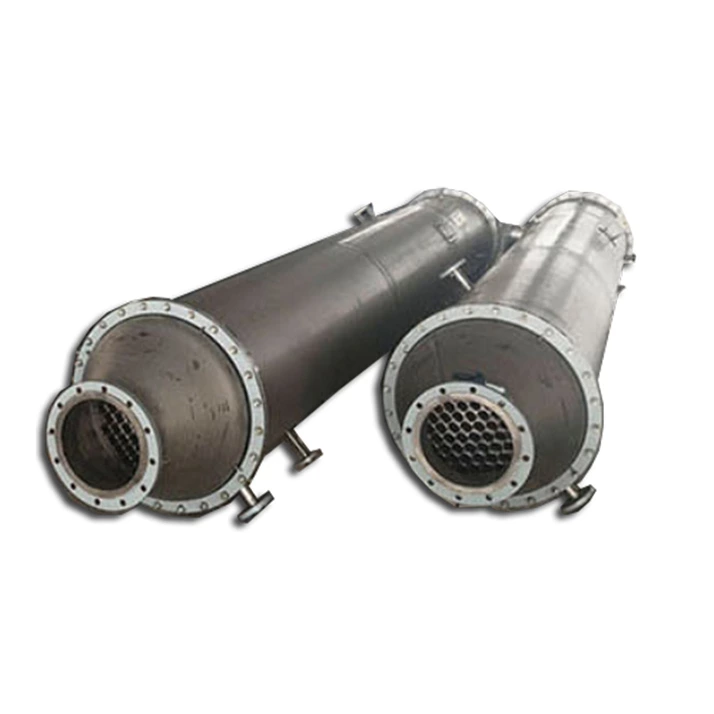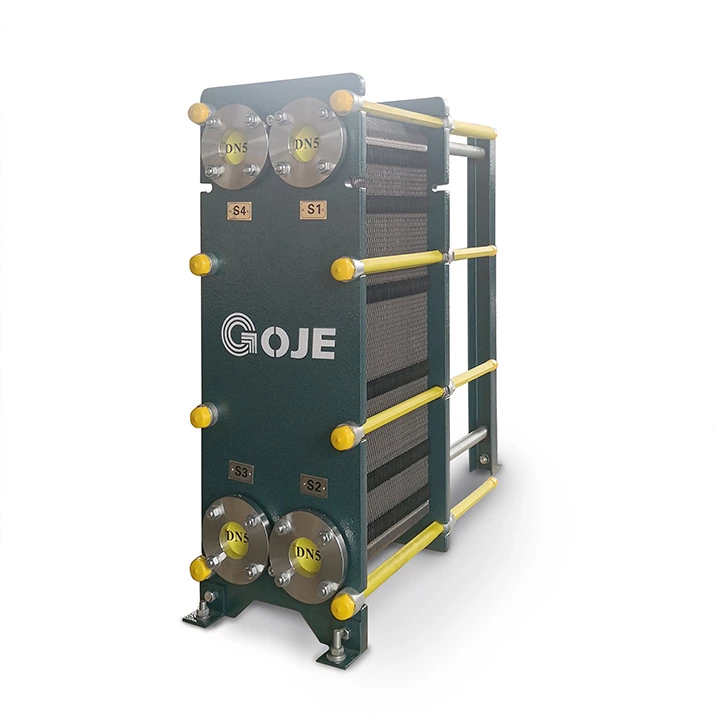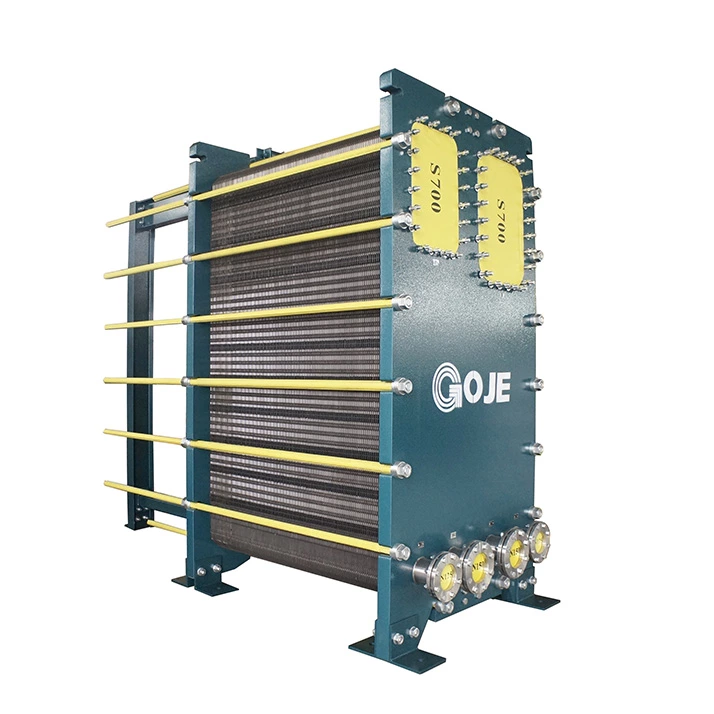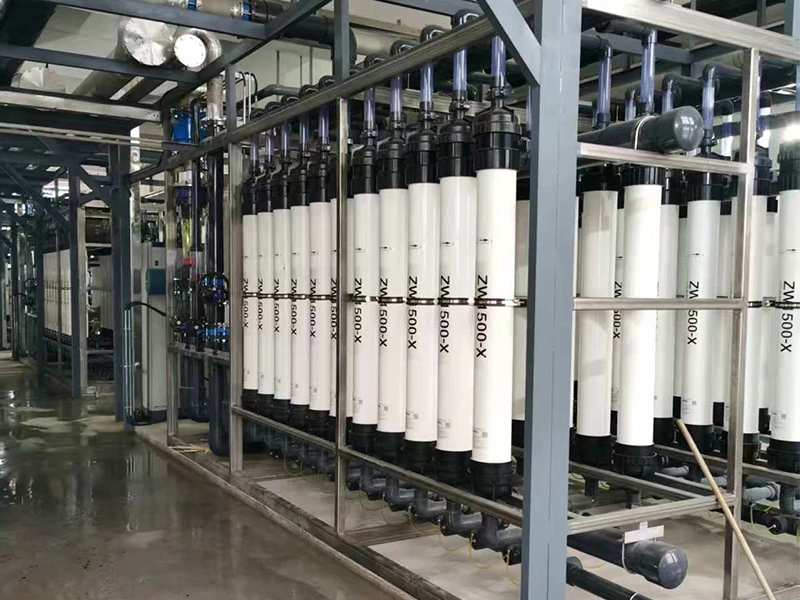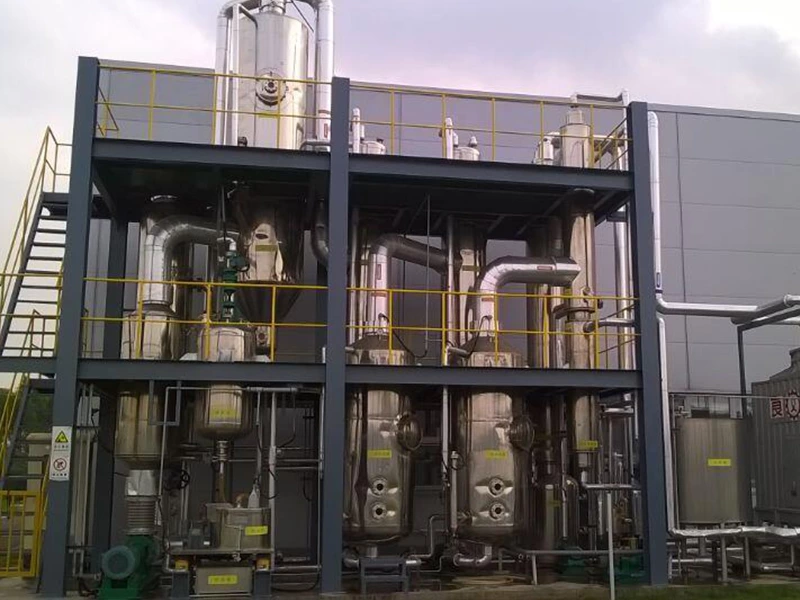Zero discharge of high salt wastewater
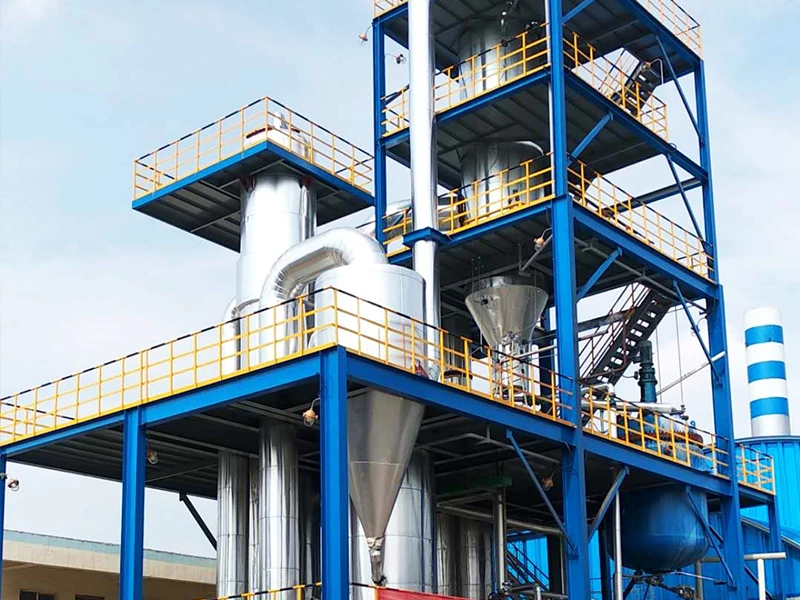
Typical treatment process: pre-treatment+membrane concentration+evaporation
Pretreatment: mainly including high-density tanks, V-shaped filters, etc;
Membrane treatment: mainly using ultrafiltration, nanofiltration, reverse osmosis, and softening membranes;
Evaporation: including multi effect evaporation, MVR, etc
The TDS content in the incoming water is relatively high, and the main process route is to concentrate/separate various ions in the water, with the final product being qualified production water and industrial salt.
Pretreatment process
High density sedimentation tank
- adjust pH;
- Removing alkalinity and hardness ions by adding chemicals;
- Dosing to remove suspended solids
V filter
- Filter to remove suspended solids;
- Automatic operation, adaptable to fluctuations in water quality and quantity;
- Large treatment water.
Membrane treatment process
ultrafiltration
- Remove particles, colloids, bacteria, heat sources, and organic matter from water;
- Automatic operation, adaptable to fluctuations in water quality and quantity;
- For surface water, well water, and industrial park water treatment, ultrafiltration is an essential guarantee for subsequent nanofiltration reverse osmosis treatment process.
Nanofiltration/reverse osmosis
- Remove/separate various ions from water;
- Concentrate pollutants, reduce concentrated water treatment capacity, and reduce equipment investment;
- The water quality is reliable and can meet various discharge standards.
TMF membrane
- Used for chemical softening processes;
- Compared to sedimentation tanks, it has better solid-liquid separation effect;
- Salt and acid resistant, reliable operation.
